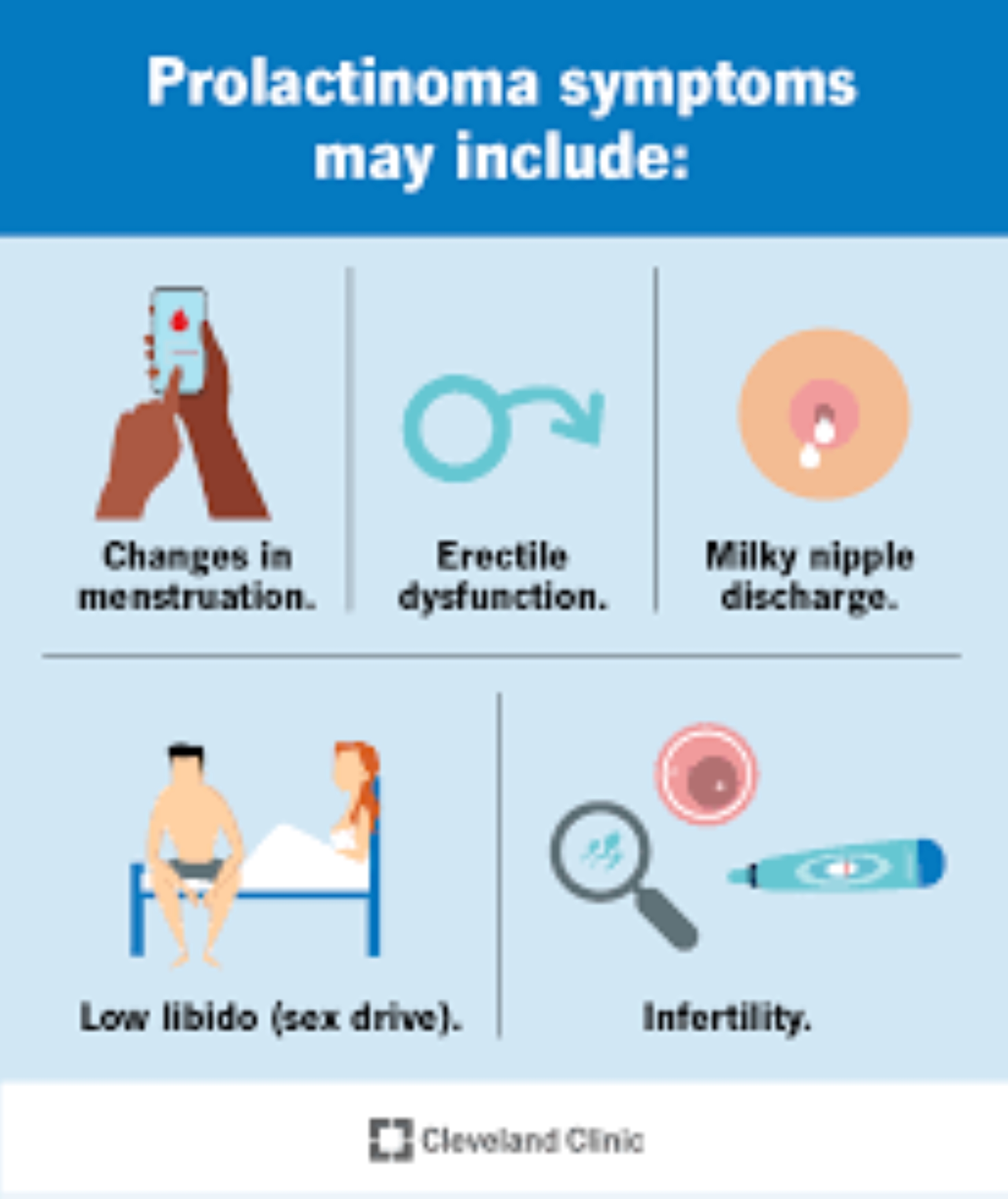Parkinson’s disease (PD) is a progressive neurodegenerative disorder characterized by the loss of dopamine-producing neurons in the brain. This depletion of dopamine leads to motor symptoms such as tremors, rigidity, bradykinesia (slowness of movement), and postural instability. While there is no cure for Parkinson’s disease, various treatment strategies aim to manage symptoms and improve the quality of life for patients. Among these strategies, dopamine agonists play a pivotal role. This article explores the use of dopamine agonists, specifically Cabergoline (marketed under the brand name Dostinex), in managing Parkinson’s disease. We will delve into its mechanism of action, dosages (0.25 mg and 0.5 mg), efficacy, safety profile, and its role in the broader context of PD treatment.
Understanding Dopamine Agonists in Parkinson’s Disease
Dopamine agonists are a class of medications that mimic the action of dopamine in the brain. They bind to dopamine receptors, stimulating them and compensating for the reduced dopamine levels caused by the degeneration of neurons. Unlike levodopa, which is converted into dopamine in the brain, dopamine agonists directly activate dopamine receptors, providing symptomatic relief.
Cabergoline, a potent dopamine agonist, is one such medication used in the management of Parkinson’s disease. It is also marketed under the brand name Dostinex. Cabergoline is known for its long half-life, allowing for less frequent dosing compared to other dopamine agonists. This characteristic makes it a convenient option for patients and caregivers.
Cabergoline: Mechanism of Action
Cabergoline exerts its therapeutic effects by selectively binding to dopamine D2 receptors in the brain. By activating these receptors, it helps restore dopamine signaling, alleviating motor symptoms associated with Parkinson’s disease. Its high affinity for D2 receptors and prolonged duration of action make it an effective option for long-term management.
In addition to its dopaminergic activity, Cabergoline also has mild serotonergic and adrenergic effects, which may contribute to its overall efficacy. However, its primary mechanism remains the stimulation of dopamine receptors, which is crucial for managing PD symptoms.
Dosages: Cabergoline 0.25 mg and 0.5 mg
Cabergoline is available in two common dosages: 0.25 mg and 0.5 mg. The choice of dosage depends on several factors, including the severity of symptoms, the patient’s response to treatment, and the presence of any side effects.
-
Cabergoline 0.25 mg: Cabergoline 0.25mg lower dose is often prescribed as an initial treatment for patients who are new to dopamine agonists or those who may be more sensitive to the medication. It allows for gradual titration, minimizing the risk of side effects while still providing symptomatic relief.
-
Cabergoline 0.5 mg: For patients requiring stronger dopaminergic stimulation, Cabergoline 0.5mg is typically prescribed. This dosage is effective in managing moderate to severe symptoms of Parkinson’s disease. It may also be used in combination with other medications, such as levodopa, to enhance therapeutic outcomes.
The flexibility in dosing allows healthcare providers to tailor treatment plans to individual patient needs, optimizing both efficacy and tolerability.
Dostinex: The Brand-Name Formulation
Dostinex is the brand-name version of Cabergoline, manufactured by Pfizer. It is widely recognized for its quality and consistency in delivering the active ingredient, Cabergoline. While generic versions of Cabergoline are available, some patients and healthcare providers prefer Dostinex due to its established reputation and reliability.
Dostinex 0.5 mg tablets, making it a convenient option for patients requiring higher doses. The brand-name formulation ensures precise dosing, which is critical for managing a condition as complex as Parkinson’s disease.
Efficacy of Cabergoline in Parkinson’s Disease
Numerous clinical studies have demonstrated the efficacy of Cabergoline in managing Parkinson’s disease. Its long half-life, which allows for once- or twice-weekly dosing, is a significant advantage over other dopamine agonists that require daily administration. This not only improves patient compliance but also ensures consistent dopamine receptor stimulation.
-
Motor Symptom Improvement: Cabergoline has been shown to significantly reduce motor symptoms such as tremors, rigidity, and bradykinesia. Patients often report improved mobility and a better quality of life after starting treatment.
-
Adjunct to Levodopa: In advanced stages of Parkinson’s disease, Cabergoline is frequently used as an adjunct to levodopa. It helps reduce the dosage of levodopa required, thereby minimizing the risk of levodopa-induced side effects such as dyskinesias (involuntary movements).
-
Delaying Motor Complications: Early initiation of Cabergoline in the treatment regimen has been associated with a delay in the onset of motor complications, which are common in long-term levodopa therapy.
Safety Profile and Side Effects
While Cabergoline is generally well-tolerated, it is not without side effects. Common side effects include nausea, dizziness, headache, and fatigue. These are typically mild and tend to subside as the body adjusts to the medication.
However, there are some serious side effects that require careful monitoring:
-
Impulse Control Disorders: Dopamine agonists, including Cabergoline, have been associated with impulse control disorders such as compulsive gambling, shopping, or eating. Patients and caregivers should be vigilant for any behavioral changes and report them to the healthcare provider immediately.
-
Fibrotic Reactions: Long-term use of Cabergoline has been linked to fibrotic reactions, such as valvular heart disease. Regular monitoring, including echocardiograms, is recommended for patients on long-term therapy.
-
Orthostatic Hypotension: Cabergoline can cause a drop in blood pressure upon standing, leading to dizziness or fainting. Patients should be advised to rise slowly from a sitting or lying position to minimize this risk.
Despite these potential side effects, the benefits of Cabergoline in managing Parkinson’s disease often outweigh the risks, especially when used under close medical supervision.
Cabergoline in the Broader Context of PD Treatment
Parkinson’s disease management requires a multifaceted approach, and Cabergoline is just one component of a comprehensive treatment plan. Other treatment modalities include:
-
Levodopa: The gold standard for PD treatment, levodopa is often combined with dopamine agonists like Cabergoline to enhance efficacy and reduce side effects.
-
MAO-B Inhibitors: Medications such as selegiline and rasagiline help prevent the breakdown of dopamine in the brain, prolonging its effects.
-
Physical Therapy: Exercise and physical therapy play a crucial role in maintaining mobility and reducing stiffness.
-
Deep Brain Stimulation (DBS): For advanced PD, surgical interventions like DBS may be considered to manage symptoms.
Cabergoline’s role in this spectrum is to provide sustained dopaminergic stimulation, improving motor function and overall quality of life.
Patient Considerations and Counseling
When prescribing Cabergoline, healthcare providers must consider the patient’s medical history, concurrent medications, and potential risk factors. Key counseling points for patients include:
-
Adherence to Prescribed Dosage: Patients should take Cabergoline exactly as prescribed, without altering the dose or frequency.
-
Monitoring for Side Effects: Patients should be educated about potential side effects and instructed to report any unusual symptoms promptly.
-
Lifestyle Modifications: Regular exercise, a balanced diet, and adequate hydration can complement pharmacological treatment and improve overall well-being.
-
Regular Follow-Up: Routine check-ups are essential to monitor the effectiveness of treatment and adjust the dosage as needed.
Conclusion
Cabergoline, marketed as Dostinex, is a valuable tool in the management of Parkinson’s disease. Its ability to provide sustained dopaminergic stimulation, combined with its convenient dosing schedule, makes it an effective option for alleviating motor symptoms and improving patients’ quality of life. While it is not without risks, careful monitoring and patient education can help mitigate potential side effects.
As research continues to advance our understanding of Parkinson’s disease, medications like Cabergoline will remain integral to treatment strategies. By tailoring therapy to individual patient needs and leveraging the benefits of dopamine agonists, healthcare providers can offer hope and improved outcomes for those living with this challenging condition.


